BEST SCORES Solution to the Catastrophe-Bound Environment
After several decades of rapid technological advancement and economic growth, alarming levels of pollution and catastrophe-bound environmental degradations are emerging all over the world. Even sizable reduction in industrial pollutant emissions would only slow down the accumulation of pollution. Given the complexity of the problem and the over-simplicity of international environmental initiatives (like the Kyoto Protocol, Montreal Protocol and Paris Agreement, which focused mainly on emissions’ reduction and regulations), limited success has been observed. The design of a comprehensive solution for solving this globally devastating problem is very much in order. Research in developing environmentally clean technology into efficient and affordable means of production plays a key role to effectively solving the continual worsening global industrial pollution problem and meeting the industrial growth needs. An essential element for success is that the participating nations’ well-being must not be worse than their non-cooperative well-being throughout the cooperation duration. In addition, for the cooperative scheme to be sustainable, the agreed-upon optimality principle in sharing the cooperative benefits must be upheld at every stage of the cooperation plan – this condition is known as subgame consistency. This book provides an effective means for resolving the catastrophe-bound environmental problem through a Building Environmentally Sustainable Technology with Subgame Consistent, Optimal, Rational and Economically-viable Scheme (BEST SCORES). In particular, the solution scheme involves:(i) A set of policy instruments which includes levies on industrial pollution, royalties on natural resources, coordinated pollutant abatement efforts, cooperative development of clean technology, and transfer payments leading to an optimal cooperation solution. (ii) Joint development of environmentally sustainable technology and an optimal technology pattern over time. (iii) A cooperative maximization program yielding the optimal (highest) joint payoff. (iv) An economically viable scheme for each participating nation with a cooperative payoff higher than its non-cooperative payoff through transfer payments. (v) A subgame consistent payoff distribution procedure, which ensures that the original agreed upon optimality principle in gain sharing will be maintained. (vi) An institutional mechanism design to guide the construction of relevant institutions and agencies to implement the cooperative scheme.
{{comment.content}}
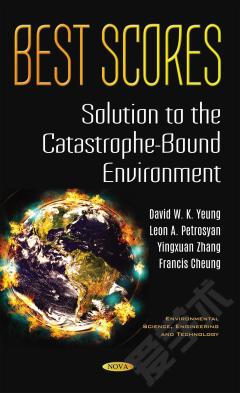
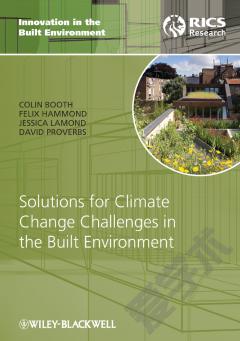


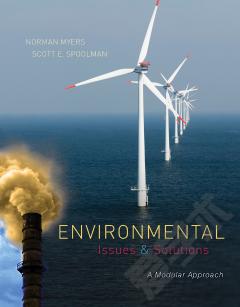
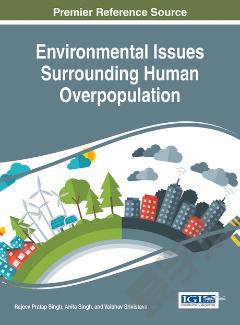
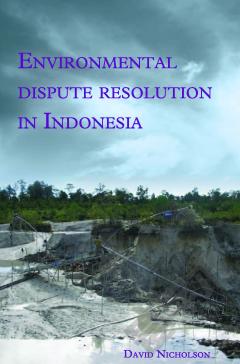

 京公网安备 11010802027623号
京公网安备 11010802027623号